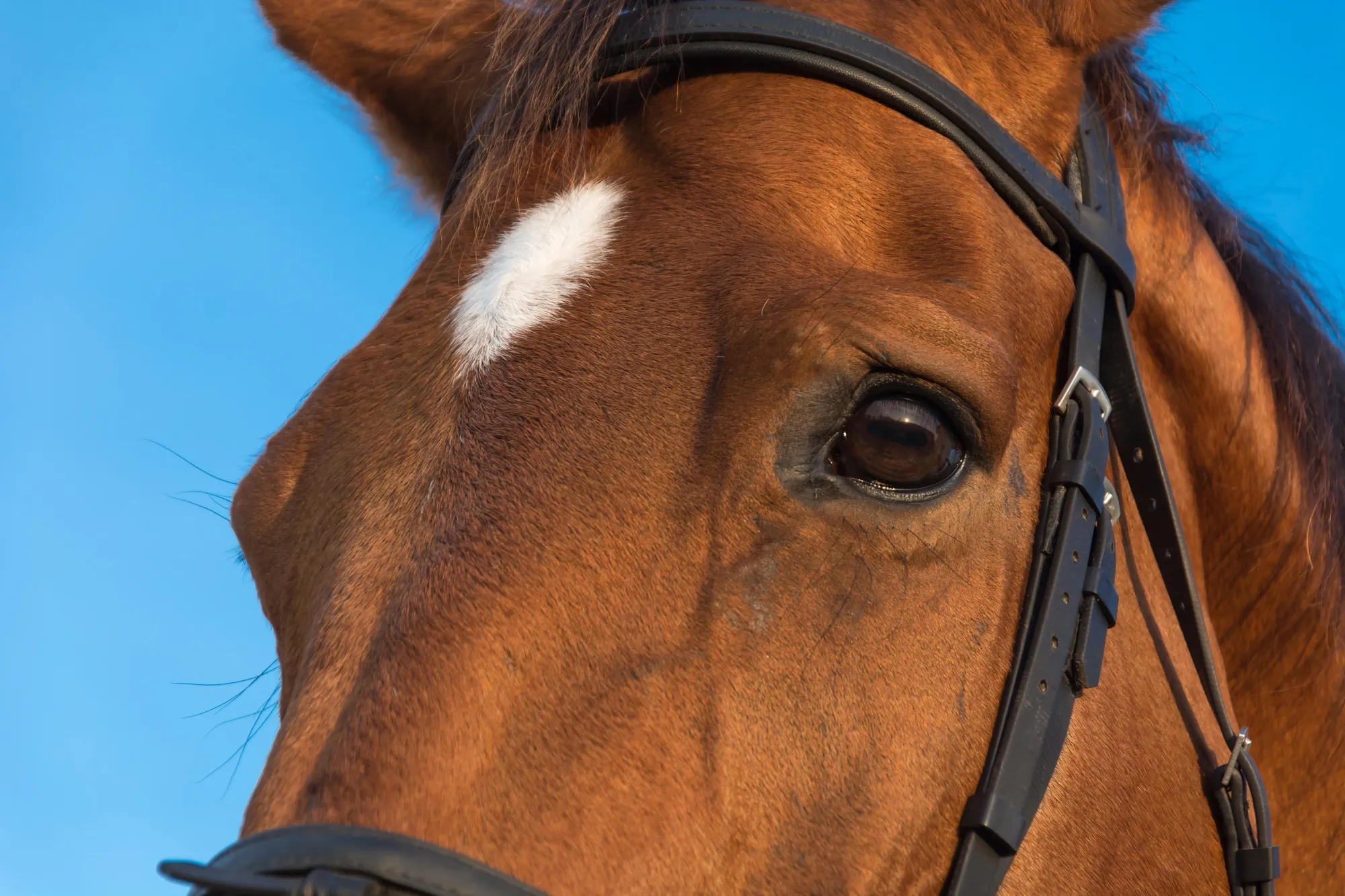Ulcerative keratitis in horses is an ophthalmic disease that can lead to severe outcomes such as loss of visual function or even the eye if not diagnosed and treated promptly. Given the criticality of the condition, a ten-year retrospective study was carried out by researchers in the Netherlands. This study, published in the “Equine Veterinary Journal” on January 14, 2024, investigated the types of microbes involved in equine ulcerative keratitis cases presented at a referral clinic. In addition to microbial identification, the study assessed antibiotic resistance trends and evaluated the effectiveness of corneal cytology compared to microbial culture results. This article delves into the findings reported in the said research, revealing important insights into the fight against microbial infections in equine eyes.
The Scope and Methodology of the Study
This retrospective analysis (DOI: 10.1111/evj.14059) compiled data from horses with ulcerative keratitis seen at a renowned veterinary clinic in the Netherlands. The time frame considered was from 2012 to 2021. Researchers analyzed various aspects such as case characteristics, results of microbial cultures, antibiotic susceptibility tests, and corneal cytology. A total of 187 samples for bacterial culturing and 153 samples each for fungal culturing and cytology were obtained from 178 horses.
Key Findings in Microbial Identification
The study reported that 36% of bacterial cultures and 20% of fungal cultures yielded positive results. Of the bacterial isolates, Staphylococcus species were predominant (48%), followed by Streptococcus species (16%). Meanwhile, the fungal culprit most frequently found was Aspergillus species (81%). On the other hand, only 14% of cytology samples showed the presence of microorganisms, indicating a discrepancy between the cytology and culture findings.
Antibiotic Resistance Trends
The analysis highlighted an alarming presence of acquired antibiotic resistance, especially among Streptococcus and Staphylococcus species. Cases previously treated with gentamicin, an antibiotic, showed a higher likelihood of developed resistance to the same (p < 0.001). Nevertheless, the overall incidence of acquired antibiotic resistance didn’t demonstrate a significant rise between the periods evaluated – 2012-2017 and 2018-2021.
Cytology vs. Culture: Discrepancies and Revelations
An intriguing revelation by the researchers was the lack of agreement between results obtained through cytology and those from microbial culturing. This was statistically significant for both bacterial (p < 0.001) and fungal (p = 0.02) comparisons. Notably, 6 out of 104 samples that were negative in fungal culturing returned positive for fungal elements upon cytological examination. This finding suggests that corneal cytology may provide additional diagnostic value, particularly when fungal cultures yield negative results despite clinical suspicion.
Discussion and Implications
1. Antibiotic Resistance Rise Not Prominent, Yet Concerning: Despite no significant increase in resistance, the researchers emphasize caution against the current levels of resistance, especially involving topical gentamicin. Resistance needs to be continuously monitored to ensure efficacy of treatments and prevent therapeutic dead ends.
2. Cytology as a Supplementary Diagnostic Tool: The study underlines the utility of corneal cytology, especially in instances where culture results are negative, but clinical signs point towards microbial involvement.
3. Need for Antimicrobial Stewardship: The findings underscore the importance of rational antibiotic use to prevent the exacerbation of resistant microbial strains, aiding in managing therapeutic choices effectively.
4. Limitations of the Study: Being retrospective in nature, some case characteristics and test results were not accessible, possibly limiting comprehensive analysis. Future prospective studies are recommended for a more detailed investigation.
References
1. Plummer CE, et al. provided background on corneal response to injury and infection in horses, guiding the understanding of disease mechanisms (Plummer, 2017; Plummer, 2020).
2. Brooks DE, et al. and other seminal works outlined diseases of the cornea, including earlier studies on the local conjunctival flora.
3. Significant previous research such as that by Andrew SE, et al., and Moore CPC, et al., detailed earlier findings on keratomycosis and bacterial isolates related to ulcerative keratitis, helping benchmark the current study’s findings (Andrew SE, et al., 1998; Moore CPC, 1983).
4. Keller RL, et al., and Jinks MR, et al., discussed bacterial isolates and antimicrobial susceptibilities in equine keratitis, providing precedent on resistance trends.
5. Sauer P, et al., and Asbell PA, et al., contributed to understanding changes in antibiotic resistance, underscoring the need for ongoing surveillance and research in this area.
Conclusion
The Dutch study on equine ulcerative keratitis from 2012 to 2021 offers crucial insights into microbial involvement and current antibiotic resistance challenges. These results are essential in guiding evidence-based clinical decisions and spotlight the ongoing battle with microbial infections and resistance in veterinary ophthalmology.
Keywords
1. Equine ulcerative keratitis treatment
2. Horse eye infection antibiotic resistance
3. Equine corneal cytology diagnostics
4. Antibacterial therapy for horse keratitis
5. Fungal keratomycosis in horses
For Further Reading
Verdenius, C. Y., Slenter, I. J. M., Hermans, H., Broens, E. M., & Djajadiningrat-Laanen, S. C. (2024). Equine ulcerative keratitis in the Netherlands (2012-2021): Bacterial and fungal isolates and antibiotic susceptibility. Equine Vet J, e14059. https://doi.org/10.1111/evj.14059
